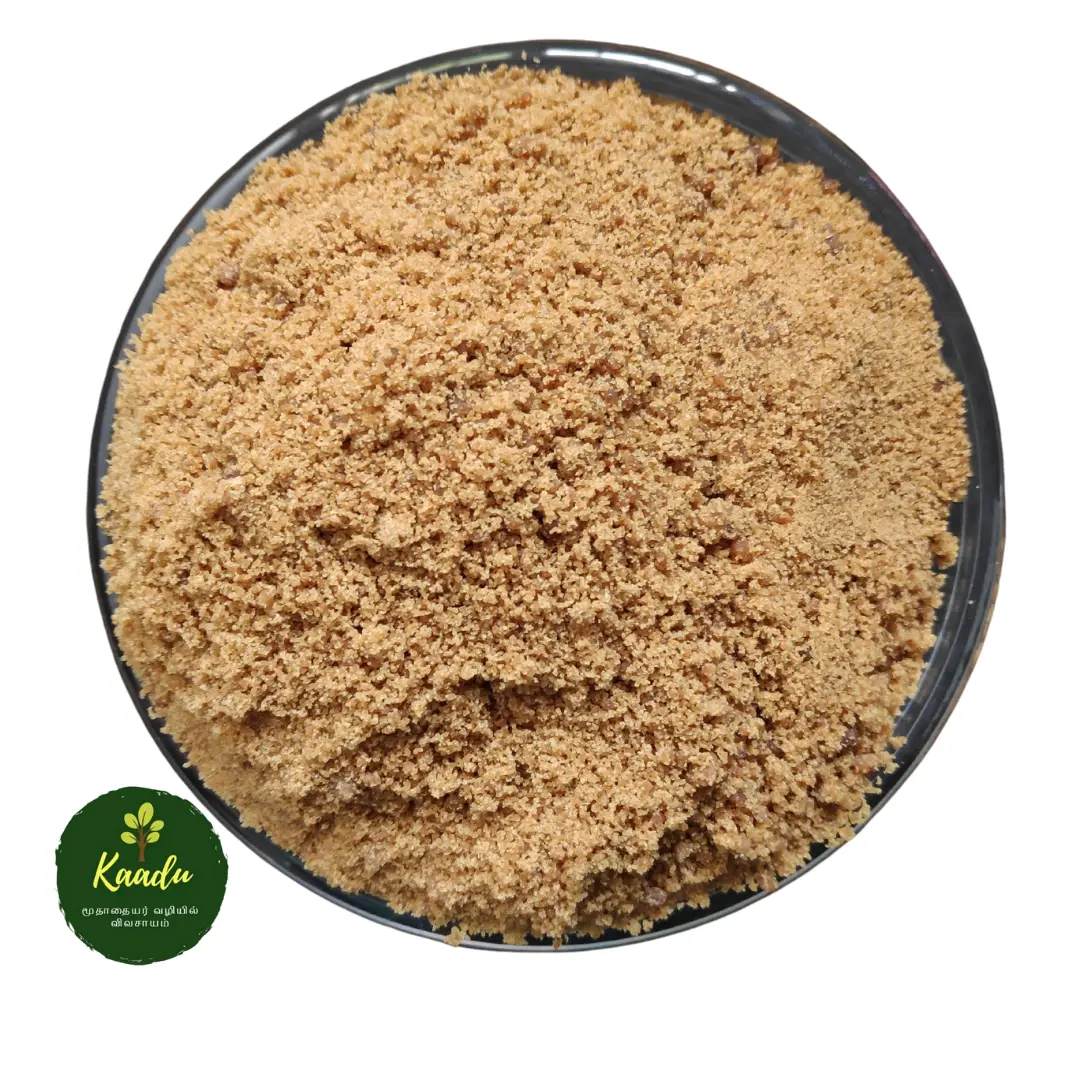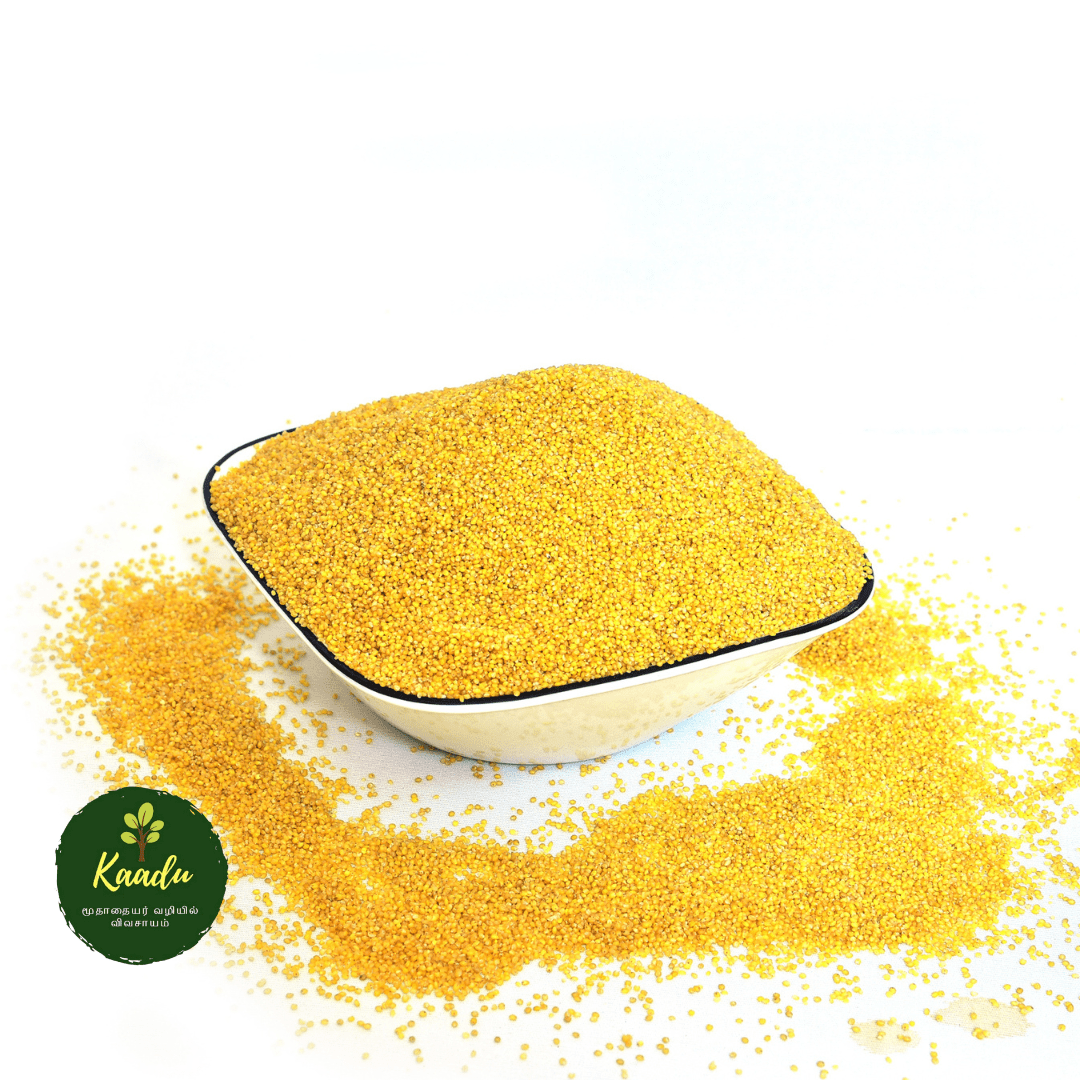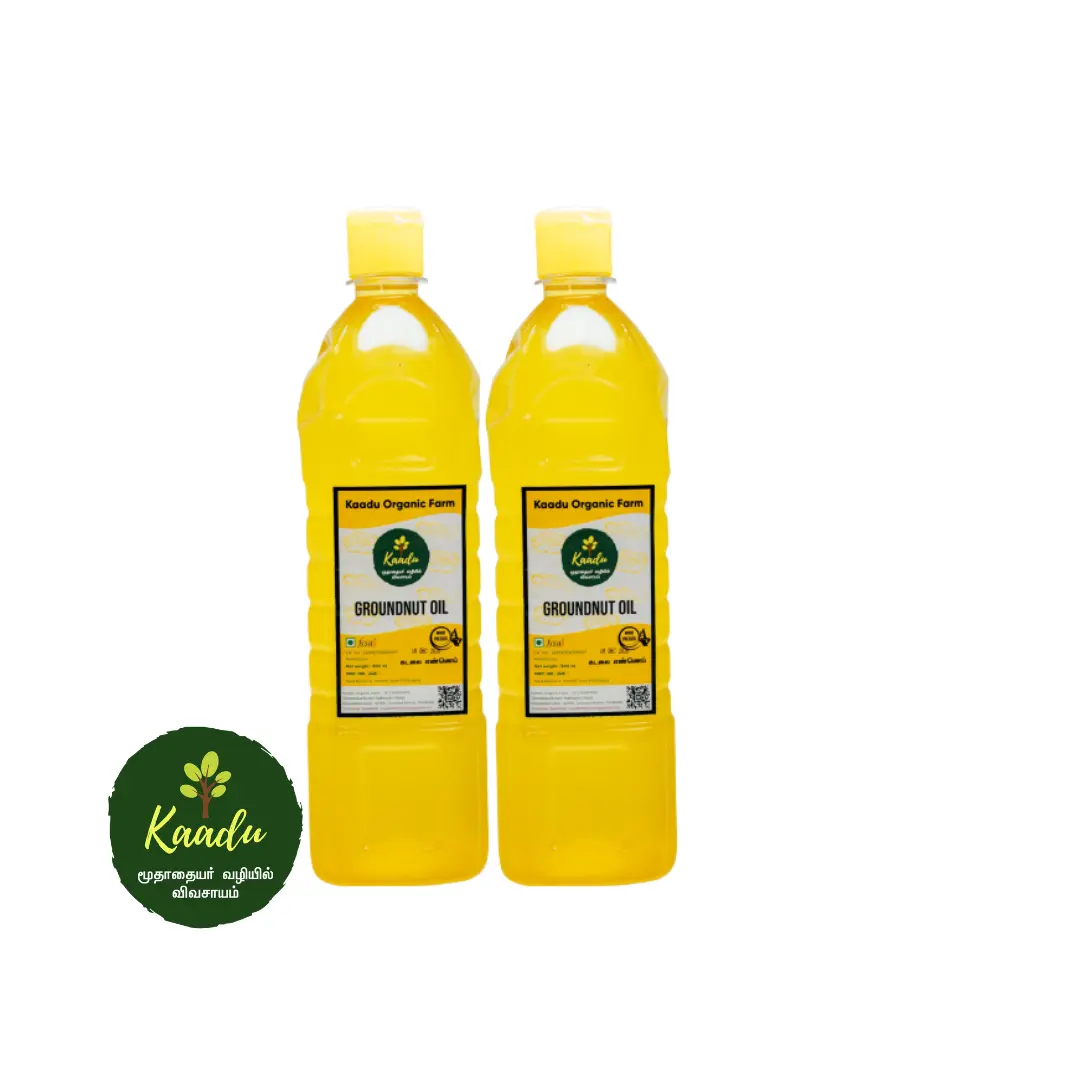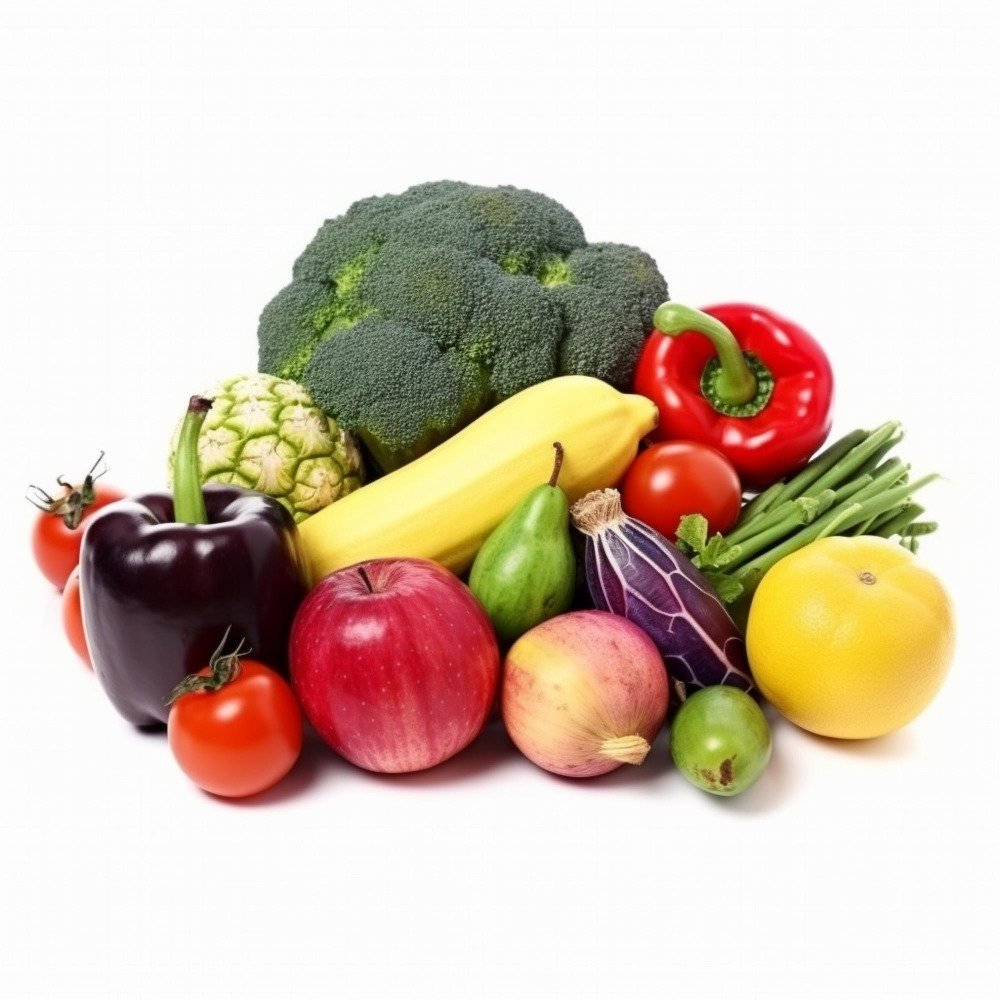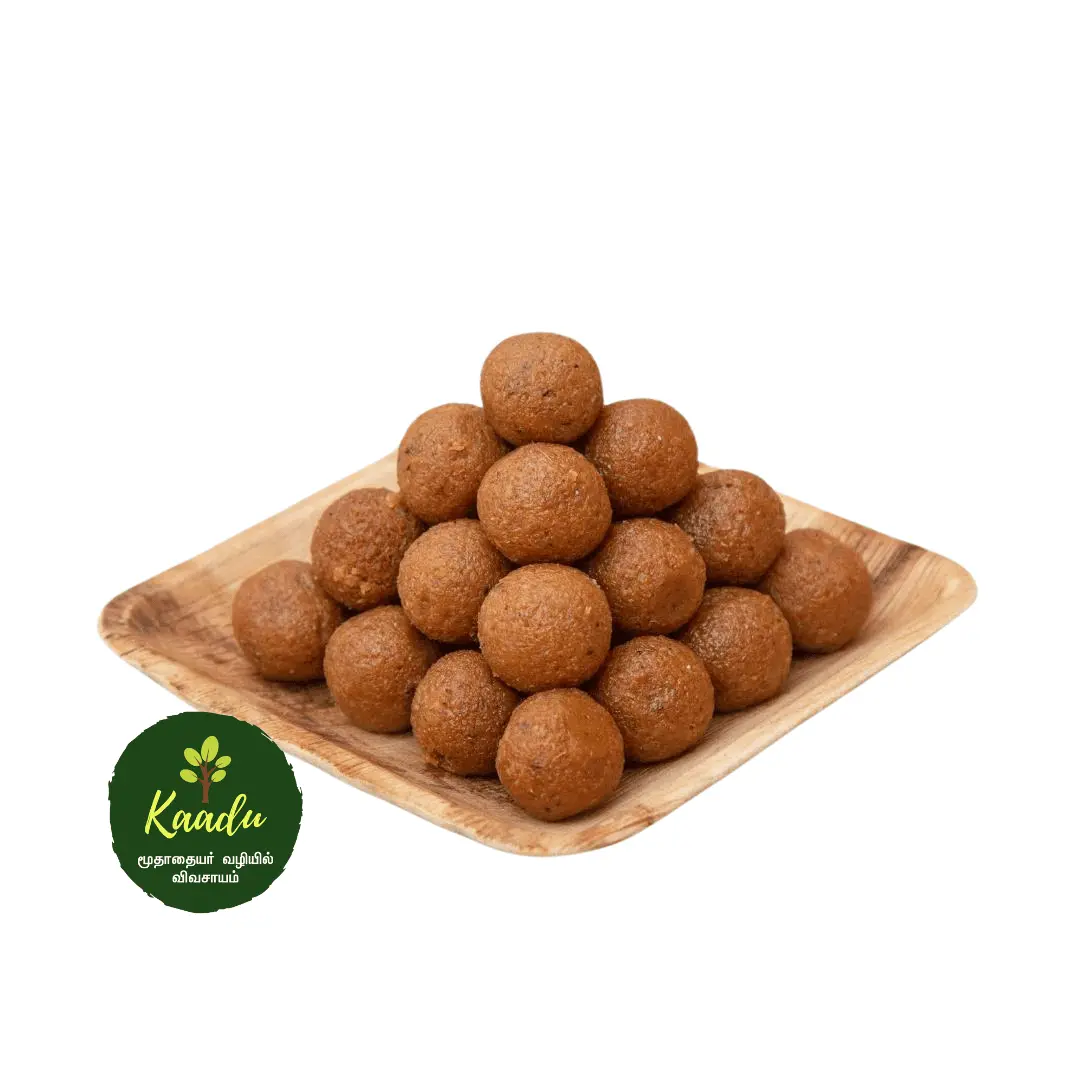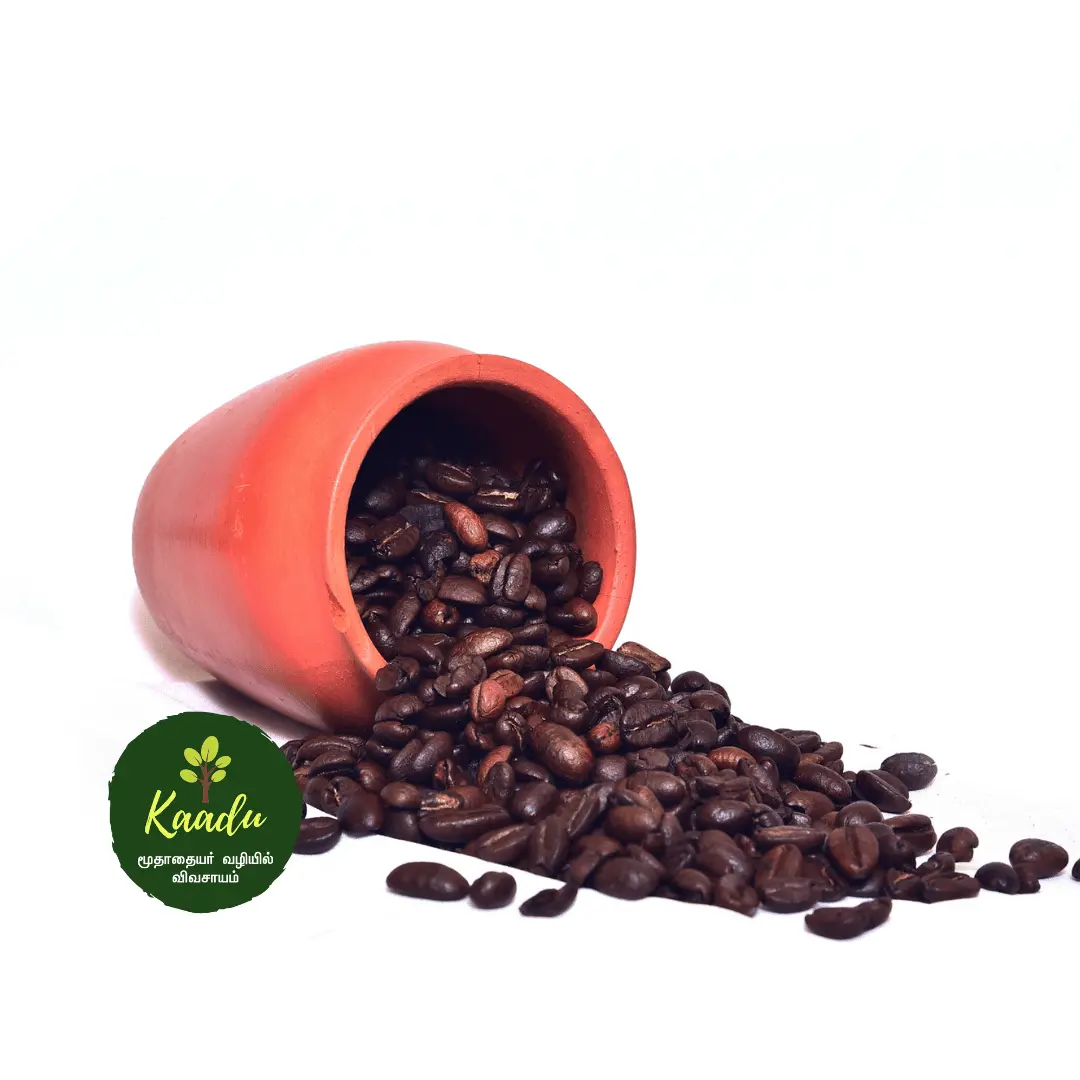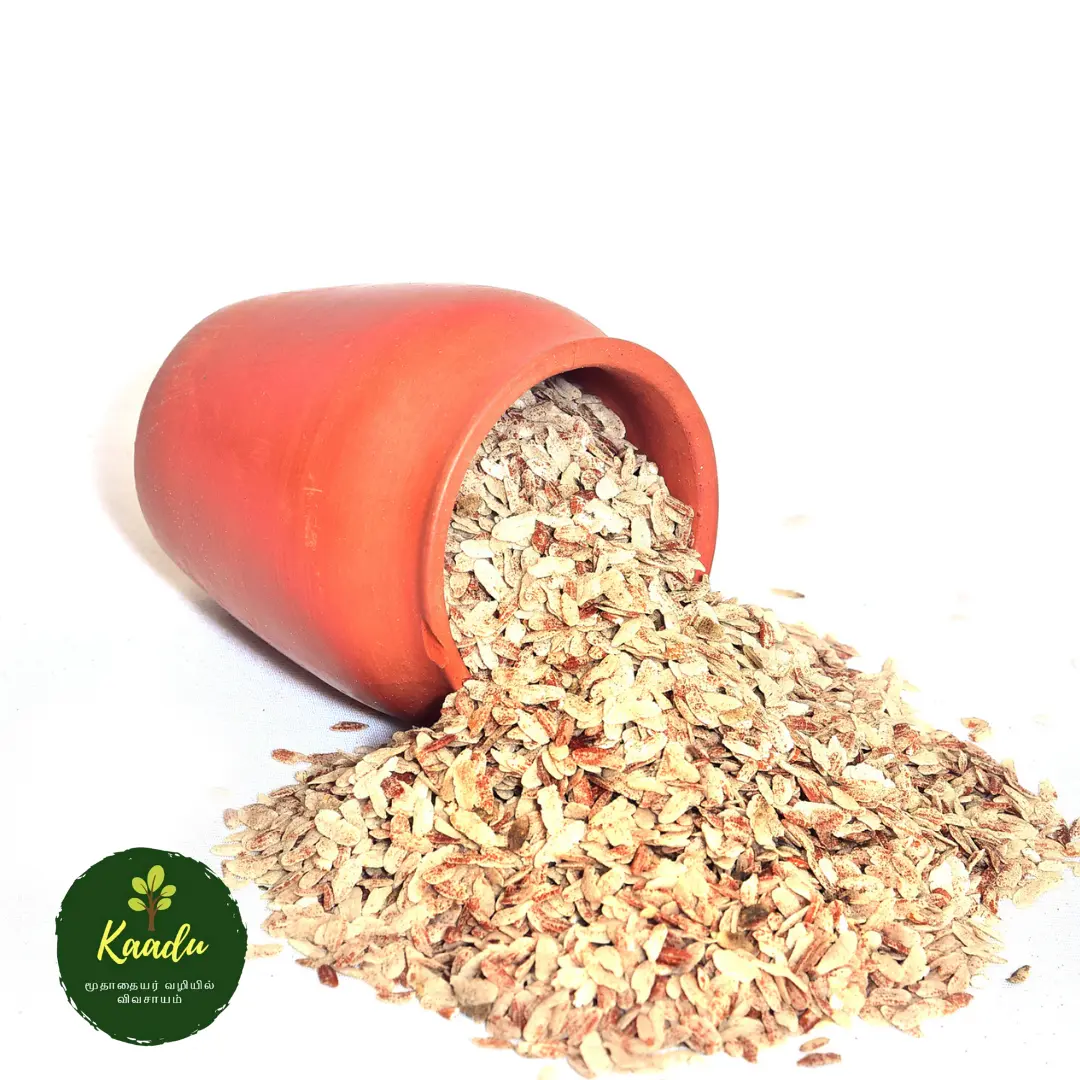Exploring agriculture’s importance and our farm’s activities: What is air-layering? The method used, A comprehensive guide
Exploring agriculture’s importance and our farm’s activities: What is air-layering? The method used, A comprehensive guide.
On our Kaadu Farm, we recently experimented with air-layering and gained unique experiences and insights during this process.
In this article, we cover air layering, our experience, the difficulties we ran into, and essential care tips for successful air layering.
What is air-layering?
A technique called air layering is used to grow new trees and shrubs from stems that are still connected to the parent plant. To promote the formation of roots, the stem is coated with moist moss.
Plants for air layering:
Air-layering plants require a moist environment for aerial roots to form. The majority of plants can be air-layered, and since the donor material is left in place until the plant produces roots, the original plant is not harmed by the procedure even if no roots form. This technique is similar to vegetative propagation layering.
On our farm, we chose plants for air layering.
- Guava: 2 plants (6-year-old plant)
- Red Water apple: 2 plants (6-year-old plant)
- Sapota: 2 Plants (6-year-old plant)
Why did we make this choice?
Because the roots of these four trees grow easily, they fruit quickly.

How to air-layer plants:
- Select a stem that is vigorous, straight, and between one and two years old. Remove any side shoots and leaves from the area. Keep all snags in place.
- Remove a Bark Ring: To bring out the cambium layer underneath, carefully remove a bark ring.
- Apply Rooting Hormone (Optional): To encourage root growth, apply rooting hormone to the exposed cambium layer. Although optional, this step can improve the process of rooting.
- Cover with wet Substrate: Cover the exposed area with a wet substrate, like potting mixture, sphagnum moss, or a combination of peat and perlite.
- Cover with plastic wrap: To create a sealed, humid atmosphere, cover the wet substrate with plastic wrap and secure it above and below the incision.
- Secure the Ends: To stop moisture loss, secure the ends of the plastic wrap using tape or string.
- Wait for Roots: It will take a few weeks for roots to form. Examine the root development on a regular basis by carefully unwrapping the plastic and checking.
- Trim and Plant: In a fresh container filled with the right soil, once a healthy root system becomes visible just below the rooted portion,.
- Water and Care: As the newly potted plant acclimates to its new surroundings, provide water and the necessary attention it requires.

Check out this video to watch the air layering process: step-by-step air layering process
Challenges:
Red apple and guava are air-layered effectively. However, in sapota, roots do not grow due to a lack of nutrition, weather, or climate change
Due to a lack of water and nutrients, the water apple plant died after being placed in a separate container; the leaves were dried out and dead.
Tips for successful air-layering:
- After removing the plastic covering, place the plant in a small pot filled with sand.
- Choose a location that offers partial sunshine while protecting it from intense sunlight.
- For the next three to four days, give the plant regular watering.
- Make sure the soil is kept moist but not soggy.
- Consider watering your plants twice a day in hot weather; once a day may be plenty in regular conditions.
- As the plants grow, they will produce shoots and leaves.
Plant layering will take different amounts of time; some will take as little as 20 days, while others will take 30 days or longer.
We performed air layering on August 11, 2024, and after 1.5 months, it was taken out of the tree and placed in a different plastic container. The plant is now six months old and ready to be planted.
Conclusion:
As a result of the impressive outcomes achieved with guava and red apple plants, air-layering is shown to be an effective technique for plant multiplication. Even if the sapota plant presents difficulties, the procedure emphasizes how crucial it is to attend to certain plant requirements. The water apple plant’s unfortunate loss shows how important it is to take good care of it during this time. This investigation highlights how important it is for farmers to always be learning and adapting in order to have a more resilient and sustainable farming industry in the future.
Click here to learn more about our founder, Arunkumar Gandhi, who started Kaadu Organics Farm.
Visit our website to check out our variety of organic and natural food products.
Farm Location:
Vallioor, Tirunelveli District, Tamil Nadu
Contact number: 9385361677 / 7349479179
Info@kaaduorganics.com
Follow us
Facebook: https://www.facebook.com/KaaduOrganics


